Corfu, located in the Ionian Sea off the northwest coast of Greece, is a destination known for its stunning natural beauty and historical landmarks. The island’s history stretches back to ancient Greece and is reflected in its architecture, with Venetian fortresses and British-style buildings offering a glimpse into its past. Unmissable attractions in Corfu include the Old Town, a UNESCO World Heritage site with narrow cobbled streets and charming squares, the impressive Achilleion Palace, built by Empress Elisabeth of Austria, and beaches such as Glyfada or Paleokastritsa, renowned for their crystal-clear waters and picturesque settings. From its stunning beaches and lush landscapes to its historical landmarks and cuisine, discover everything this gorgeous island offers and make your first trip to Corfu one to remember.
10 Things to Know Before Your First Trip to Corfu
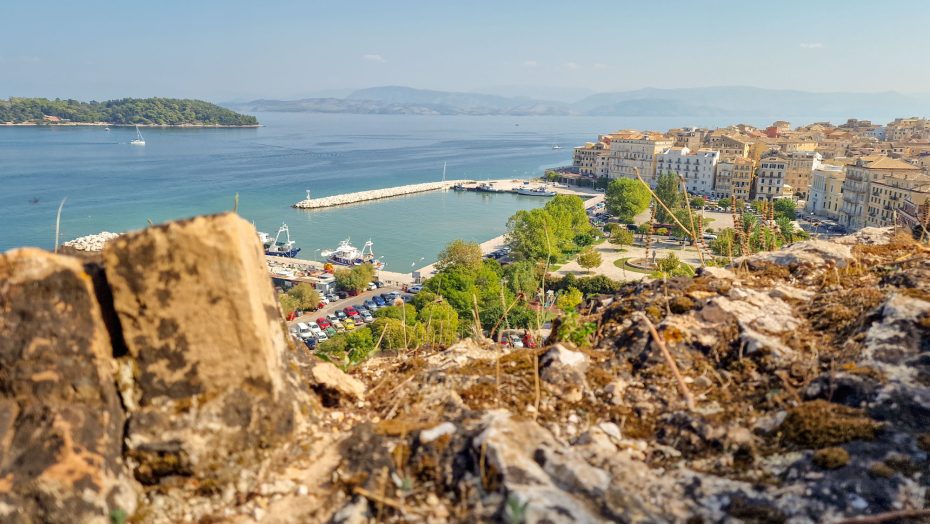
1. Brief History and Location of Corfu
Corfu, known as Kerkyra in Greek, is an island located in the Ionian Sea, off the northwest coast of mainland Greece. It is part of the Ionian Islands group and lies near the border with Albania. The island spans an area of approximately 593 square kilometers (230 square miles) and features a coastline of rugged cliffs and sandy beaches.
The history of Corfu dates back to ancient times. It was first inhabited by the Phaeacians, a people mentioned in Homer’s Odyssey. The island’s strategic location made it a point of interest for various powers throughout history. In 734 BCE, Corfu was colonized by the Corinthians, marking its entry into recorded history. It later became significant during the Peloponnesian War and fluctuated between Corinthian and Athenian control.
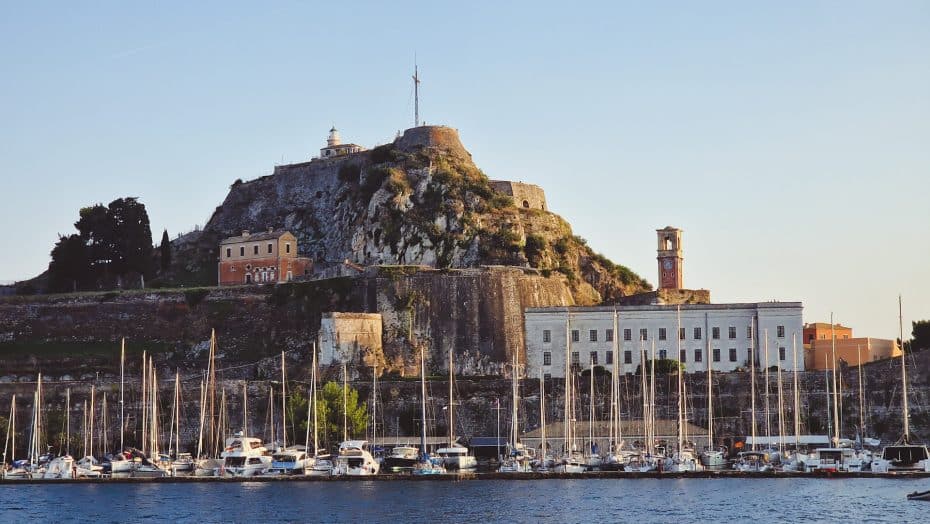
The Roman Empire annexed Corfu in 229 BCE, eventually becoming part of the Byzantine Empire after Rome’s fall. In the medieval period, from 1204 onwards, control over the island changed numerous times between powers such as the Normans, Angevins, and Venetians. The Republic of Venice gained control in 1386 and held it until 1797. Under Venetian rule, Corfu became fortified to defend against Ottoman invasions.
During the Napoleonic Wars, France occupied Corfu but came under British protection in 1815 as part of the United States of the Ionian Islands. In 1864, it was officially united with Greece. Post-World War I and during World War II, Corfu experienced Italian bombardments but remained part of Greece after Italy’s defeat.
Today, Corfu is known for its blend of cultural influences reflecting its tumultuous history. The island is characterized by its Venetian fortresses, British neoclassical buildings, Byzantine churches, and a UNESCO-listed old town showcasing its interesting past.
2. How to Get to Corfu
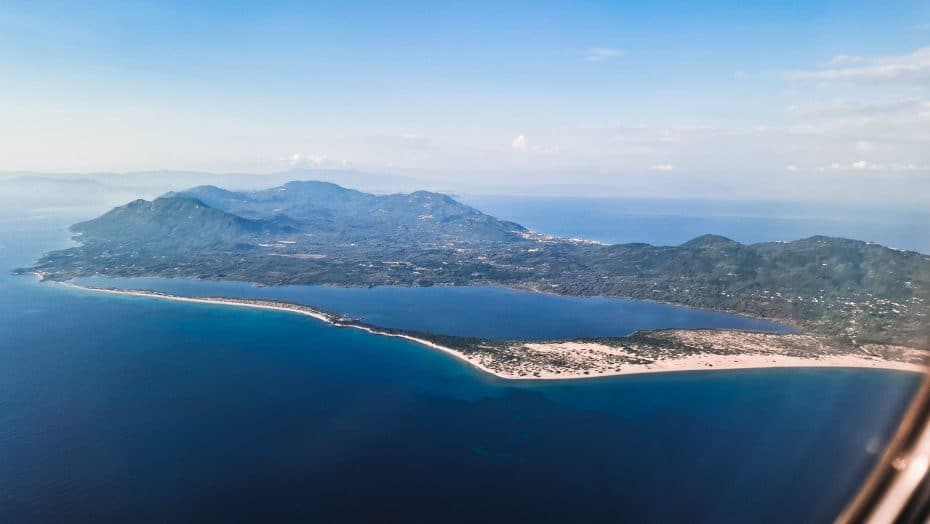
When planning a trip to Corfu, you have several options for reaching this popular Mediterranean island, including air travel, ferries, and cruise services.
Air Travel:
Corfu is accessible by air with connections from Europe. The primary airport serving the island is Corfu International Airport (CFU), also known as Ioannis Kapodistrias International Airport. Situated approximately 2 kilometers (1.2 miles) south of Corfu Town, it handles both domestic and international flights.
To get to Corfu from outside Greece, travelers have several options. During the tourist season, from late spring through early autumn, many European low-cost carriers and traditional airlines provide services to CFU. Examples include easyJet, Ryanair, Wizz Air, British Airways, Lufthansa, and Aegean Airlines. These airlines connect Corfu to major cities such as London, Manchester, Berlin, Munich, Rome, Milan, Amsterdam, Paris, and Vienna.
If arriving in Greece first is more convenient, or if traveling during the offseason when direct flights might be limited, domestic flights from Athens are available throughout the year. Aegean Airlines and Sky Express offer frequent daily flights between Athens and Corfu. The flight duration is roughly one hour.
Getting to Corfu by Sea:
Corfu can be reached by sea through various routes, with Igoumenitsa being the main port serving ferry connections to the island. Located approximately 18 kilometers (11 miles) across the Corfu Strait from Corfu, Igoumenitsa serves as a hub for ferries arriving from Italy and other mainland Greek ports.
Some of the main ferry operators offering services to Corfu include Anek Lines, Minoan Lines, and Superfast Ferries. They provide regular connections from Italian ports such as Bari, Brindisi, Ancona, and Venice during the peak summer months.
From mainland Greece, Igoumenitsa offers frequent daily ferries to Corfu. Depending on the vessel, these crossings typically take 1-2 hours.
Corfu is also occasionally included in Mediterranean cruise itineraries. Cruise lines such as MSC Cruises and Costa Cruises sometimes make stops on the island. These ships generally dock at the New Port of Corfu, located a few kilometers outside Corfu Town.
Note: It is always a good idea to get travel insurance before your trip.
3. Best Time to Travel to Corfu
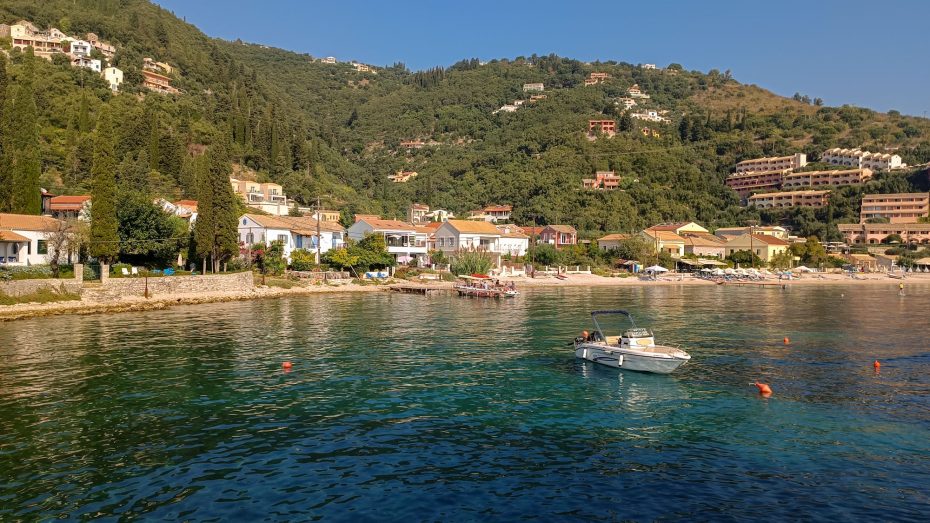
The island of Corfu offers different weather patterns and activities throughout the year. The ideal time to visit largely depends on the type of activities you prefer, though it generally reflects a balance between pleasant weather, fewer crowds, and accessibility.
Spring, particularly from April to June, is a great period for visiting Corfu. During these months, temperatures range from 15°C (59°F) to 25°C (77°F), providing a comfortable climate for exploring outdoor historical sites or hiking trails across the lush island landscape. This season offers picturesque scenery with the flora in full bloom and rainfall decreasing compared to winter months.
Summer months—July and August—usher in warm temperatures, often reaching highs of 34°C (93°F). Although this peak season invites an influx of vacationers seeking beach experiences along the coastlines of Paleokastritsa and Glyfada, it also means bustling streets and lively atmospheres in areas like Corfu Town. For those who enjoy cultural events, the summer includes numerous festivals, such as the Corfu Beer Festival.
Autumn spans September through November and experiences mild weather ranging from 20°C (68°F) to 30°C (86°F) in early fall. It’s a period when those interested in harvesting activities can sample local produce at markets or partake in wine-tasting tours during the grape harvests. This is also an excellent time for snorkeling and other water sports due to warm sea temperatures, which average around 24°C (75°F).
The winter period from December through March is less traveled and offers a more solitary experience amidst cooler temperatures, averaging between 10°C (50°F) and 15°C (59°F). Though some amenities might be limited with reduced tourist services, this off-peak season can provide an introspective journey through quieter towns and serene landscapes adorned with olive groves.
4. How to Move Around Corfu
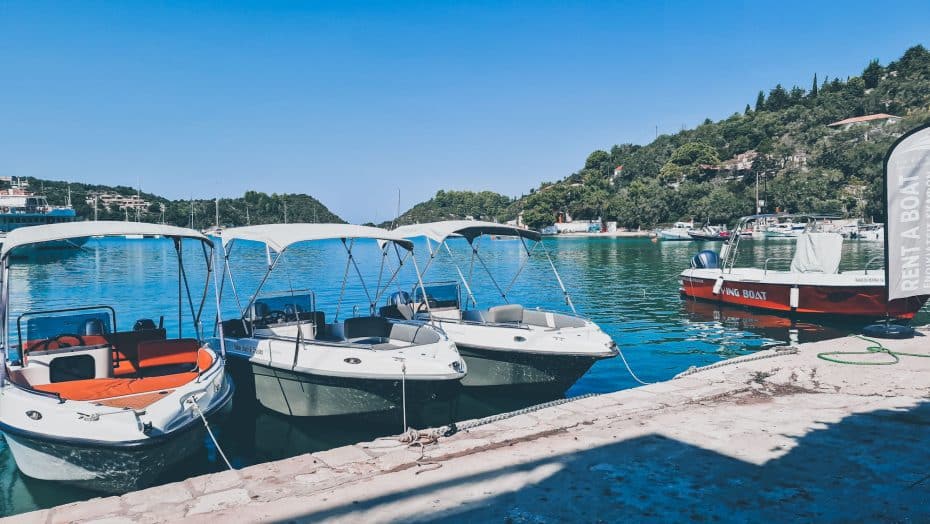
Corfu offers diverse options for getting around.
Walking: Walking is an option in compact areas like Corfu Town, where pedestrian streets prevail, so be prepared for uneven surfaces in older parts of town.
Public Buses: The Green Bus and Blue Bus services operate on the island. The Green Buses cover intercity routes, connecting Corfu Town with areas like Paleokastritsa and Kavos. Blue Buses serve local routes within Corfu Town and nearby villages. The fare for local routes typically ranges from €1.20 to €2, and for intercity routes from €2 to €6. Check timetables in advance, as schedules may vary seasonally.
Taxis: Taxis are readily available but can be expensive over longer distances. The meter starts at about €3 and then charges approximately €1 per kilometer. Taxi stands are located at major locations like the airport, port, and Corfu Town.
Car Rentals: Renting a car makes it easier to explore less accessible rural areas. Costs range from €30 to €60 per day, depending on the type and season. Ensure you have a valid driving license and understand local traffic signs. You can find cheap rental cars here.
Scooter and Bike Rentals: Scooters offer a cost-effective way to navigate smaller roads, with daily rentals starting at around €20. Cycling is also feasible; however, hilly terrain can be challenging for less experienced cyclists.
Boat Rentals: For coastal exploration, renting a small boat is a great option. Costs start at about €80 per day, excluding fuel. Licensing requirements may apply, so check with rental agencies. Rent a boat with or without skipper here.
5. North or South? Where to Go in Corfu
Broadly speaking, Corfu has two distinct halves with different appeals: the north, known for being more family-oriented, and the south, recognized for its lively nightlife scene.
Starting in Corfu Town, which is situated in the central part of the island, most travelers venture either northward or southward.
The northern part of Corfu offers a more tranquil ambiance, ideal for families seeking relaxation and scenic beauty. Characterized by rugged coastlines and sandy beaches such as Sidari Beach, this area is home to picturesque spots like Canal d’Amour — reputed for its unique sandstone formations. Families enjoy this area for its quieter atmosphere and recreational opportunities, including hiking trails that wind through olive groves and charming villages like Kassiopi.
In contrast, the southern half of Corfu caters to those looking for vibrant nightlife. Areas such as Kavos boast numerous beach bars and nightclubs that draw a younger crowd eager to embrace the energetic environment until late night or early morning hours. The main strip of Kavos runs for about 2 kilometers (1.24 miles) where music echoes from the various venues lining the streets and beaches. Despite this party-centric reputation, southern Corfu also offers quieter beaches just a short drive away, providing some respite from the bustling activity.
Learn more about the best areas to stay in Corfu, including the top towns and beaches.
6. Recommended Itineraries in Corfu
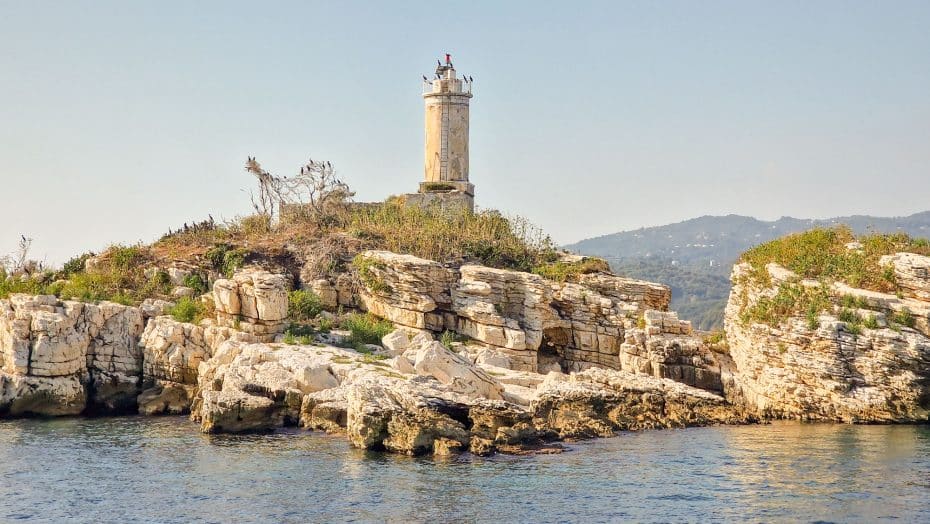
4-Day Itinerary:
Day 1: Start your journey by exploring the Old Town of Corfu, a UNESCO World Heritage site. Walk along the narrow cobblestone streets, admiring Venetian architecture and stopping to see highlights like the Liston Promenade and Spianada Square. Visit the Old Fortress, which has origins dating back to Byzantine times. Take time to explore its massive bastions and enjoy views of the surrounding area. Later, visit the Palace of St. Michael and St. George, a British-era neoclassical building housing the Museum of Asian Art. In the evening, dine at a taverna serving traditional Greek cuisine.
Day 2: Take a short morning trip to Paleokastritsa on the northwest coast, approximately 25 km (15.5 miles) from Corfu Town. Famous for its beautiful beaches and lush hillsides, it provides an ideal setting for a morning swim or sunbathing. Visit the Monastery of Paleokastritsa, perched on a hill with panoramic views of the sea. Continue by visiting Angelokastro, one of Greece’s most well-preserved medieval castles built on steep cliffs with historical roots in Byzantine defense strategy. This day will also offer opportunities for hiking if you enjoy physical activities.
Day 3: Dedicate this day to exploring Corfu’s natural landscapes. Head to Mount Pantokrator—the highest point on the island at 906 meters (2,972 feet). You can drive up almost all the way or hike if you prefer nature trails. Once at the summit, visit the monastery offering an almost 360-degree view of Corfu and even parts of Albania on clear days. Descend in the afternoon to Kassiopi village located in northeastern Corfu; explore its modest fortress ruins then relax by Avlaki Beach.
Day 4: On your final day, take time for some nautical exploration by booking a boat tour around Corfu’s nearby smaller islands such as Vidos or Mathraki—each known for secluded beaches and crystal-clear waters. These trips typically provide chances for snorkeling and enjoying marine life without crowds often seen at more accessible locations.
Week-long Itinerary:
Day 1: Start your exploration with Corfu Town, a UNESCO World Heritage Site. Stroll through the Old Town’s narrow streets and visit the Old Fortress. Make sure to check out the Liston promenade, modeled after Paris’ Rue de Rivoli.
Day 2: Head to Paleokastritsa, approximately 25 km (15 miles) northwest of Corfu Town. Known for its stunning beaches, clear waters are perfect for snorkeling. Visit the Paleokastritsa Monastery, dating back to the 13th century.
Day 3: Travel to Sidari in the north of the island to see the Canal d’Amour, a sandstone formation known for its beauty. The trip is about 36 km (22 miles) from Corfu Town. Explore nearby beaches and consider a local tavern for lunch.
Day 4: Visit Acharavi and Roda. These towns offer beautiful sandy beaches on the northern coastline. Acharavi is roughly 37 km (23 miles) from Corfu Town. Take a nature walk in Mount Pantokrator’s foothills.
Day 5: Explore Achilleion Palace in Gastouri, approximately 10 km (6 miles) south of Corfu Town. Built by Empress Elisabeth of Austria in 1890, it houses fascinating exhibits.
Day 6: Relax at Glyfada Beach, located around 16 km (10 miles) west of Corfu Town, for sunbathing or swimming. In Pelekas village, enjoy panoramic views from Kaiser’s Throne.
Day 7: Visit Korission Lagoon in southern Corfu, a protected area with diverse wildlife about 30 km (19 miles) from Corfu Town. Relax on Agios Georgios South Beach nearby.
7. Where to Stay in Corfu Town
Located on the island of Corfu, Greece, Corfu Town offers many accommodations. Whether you are seeking luxury or budget-friendly options, here are some places to consider. Additionally, you can check out our dedicated article with the best areas to stay in Corfu Town.
- Corfu Holiday Palace: This luxury hotel offers stunning views of Garitsa Bay and retains an old-world charm with modern amenities. It features spacious rooms averaging 35 square meters (376 square feet) and a casino. The pool area provides an impressive setting.
- Mon Repos Palace – Adults Only: A prominent luxury option situated near the archaeological site of Mon Repos. Rooms are elegantly decorated and offer access to on-site wellness centers and fine dining.
- Ariti Grand Hotel: Ariti Grand is a four-star establishment that offers a comfortable stay in spectacular surroundings in Kanoni, just 3 km (1.9 miles) from the city center. Its rooms have private balconies with garden or pool views.
- Arcadion Hotel: This four-star property is centrally located near Spianada Square and Liston Promenade. Its convenient location makes it appealing for city exploration.
- Cavalieri Hotel: Known for its rooftop terrace with panoramic views of the town, Cavalieri Hotel occupies a Venetian-style building that adds to its character. Guests can enjoy complimentary breakfast and easy access to Corfu Old Fortress.
- Bella Venezia Hotel: Nestled in a restored neoclassical mansion, Bella Venezia offers a cozy stay with a touch of historical charm. Rooms include modern comforts like satellite TV and free Wi-Fi. A garden with lush greenery provides an ideal spot for relaxation after exploring nearby attractions such as the Liston Promenade, approximately 500 meters (0.3 miles) away.
8. Local Dishes to Try In Corfu
Corfu, an island in the Ionian Sea, offers a variety of local dishes deeply rooted in its cultural and historical influences. Here is an exploration of some notable dishes to try:
Pastitsada: This dish consists of rooster or beef cooked in a tomato-based sauce with a rich blend of spices, including cinnamon and cloves, providing a distinctive flavor profile unique to Corfu. It is traditionally served over pasta, often thick bucatini, which absorbs the sauce’s flavors well.
Sofrito: A popular dish featuring thinly sliced veal simmered in a garlic, parsley, and vinegar sauce. The tangy and slightly herbaceous sauce complements the tender meat, typically served with mashed potatoes or rice.
Bourdeto: A spicy fish stew made with scorpionfish or other firm white fish simmered in a tomato sauce seasoned with red pepper flakes and onions. Bourdeto reflects Corfu’s Venetian influences, integrating spicy elements that are more characteristic of Italian cuisine.
Bianco: Another fish dish, this one features fish—usually cod or sea bass—cooked with lemon juice, garlic, and potatoes in a simple yet flavorful broth that highlights the freshness of the seafood and the natural acidity from the lemon.
Nouboulo: A type of cured pork meat wrapped in herbs and smoked over fragrant wood. This delicacy offers a taste profile where smoky savoriness meets subtle herbal notes.
Kumquat Liqueur: Though not a dish, this local liqueur made from distilled kumquats is noteworthy for its sweet and slightly tart flavors, which provide insight into Corfu’s agricultural practices influenced by its climate.
9. Best Beaches in Corfu
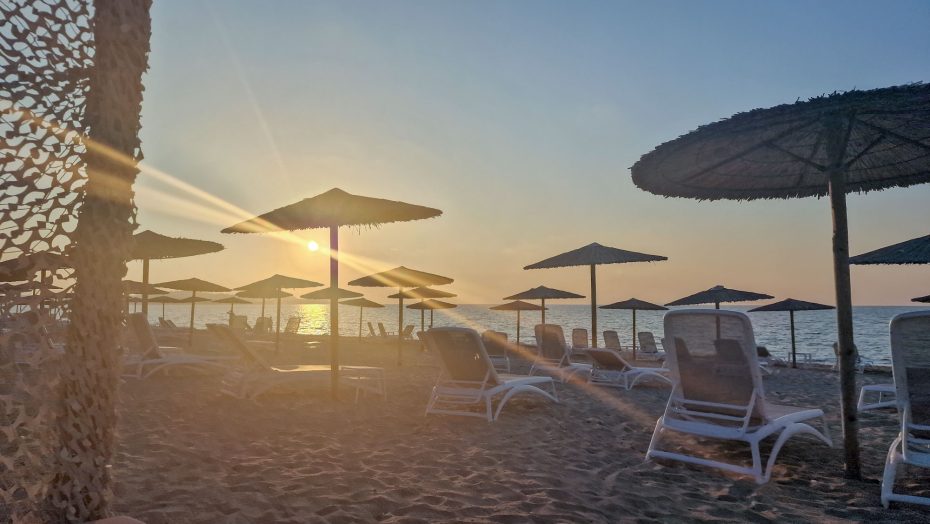
Corfu is home to some of Greece’s most stunning beaches. Here’s a detailed overview of some of the best beaches that this beautiful island offers:
Issos Beach: Located near Korission Lagoon on the southwest coast, Issos Beach extends over approximately 2 kilometers (1.24 miles). Its soft dunes and shallow waters characterize it.
Paleokastritsa: Known for its breathtaking scenery, Paleokastritsa features a series of small, picturesque bays surrounded by lush green hills. The beach stretches over approximately 1.5 kilometers (0.93 miles). The crystal-clear waters are ideal for snorkeling and exploration beneath the surface.
Glyfada Beach: This beach is famous for its golden sand and vibrant blue waters. It stretches about 1 kilometer (0.62 miles) along the western coast of Corfu. Backed by cliffs and olive-covered hills, Glyfada provides stunning natural surroundings and practical facilities.
Sidari Beach: Located on the northern coast, Sidari Beach is unique for its sandstone formations known as the Canal d’Amour. Spanning approximately 3 kilometers (1.86 miles), it features several coves perfect for swimming and exploring geological formations.
Agios Georgios Pagon: This extensive beach, measuring roughly 3 kilometers (1.86 miles), is ideal for swimming and sunbathing. The beach lies within a bay framed by steep hills covered in dense vegetation.
Kassiopi: Nestled on the northeastern tip of Corfu, Kassiopi offers several pebbly beaches with clear waters suitable for diving and swimming. Though smaller than others at around 500 meters (0.31 miles), these beaches provide a more intimate setting.
10. Best Festivals and Events in Corfu
Corfu, one of the Ionian Islands in Greece, hosts several significant festivals and events throughout the year that highlight its cultural heritage and community spirit. Understanding these gatherings provides insight into Corfu’s traditions, art, and music.
Sound & Light Show at Angelokastro: Each summer, Angelokastro Fortress hosts a historical reenactment combined with sound and light effects that narrate pivotal moments from Corfu’s past. This event offers both locals and history enthusiasts an enriching educational experience set against stunning views of the Ionian Sea.
Easter Celebrations: Easter in Corfu is renowned across Greece for its distinctive customs. The Holy Week is filled with religious processions and music from local philharmonic bands, culminating in the unique “Pot Throwing” ceremony on Holy Saturday. At 11:00 a.m., residents throw clay pots from their windows to celebrate the resurrection of Christ. Thousands gather in Corfu Town’s center to witness this noisy and symbolic event.
Corfu Carnival: A revival of Venetian traditions, the Corfu Carnival takes place before Lent, characterized by parades with colorful floats and costumes. Local clubs often organize these events, which are held in various parts of the island, but primarily in Corfu Town. The main celebrations occur over the final weekend leading up to Clean Monday.
Varkarola Festival: Held on August 11th in Paleokastritsa, this festival commemorates the victory over Ottoman ships in 1716 with a reenactment involving decorated boats and fireworks. As night falls, local musicians play traditional Ionian songs along the shoreline, and the evening concludes with a vibrant fireworks display.





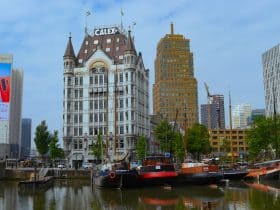
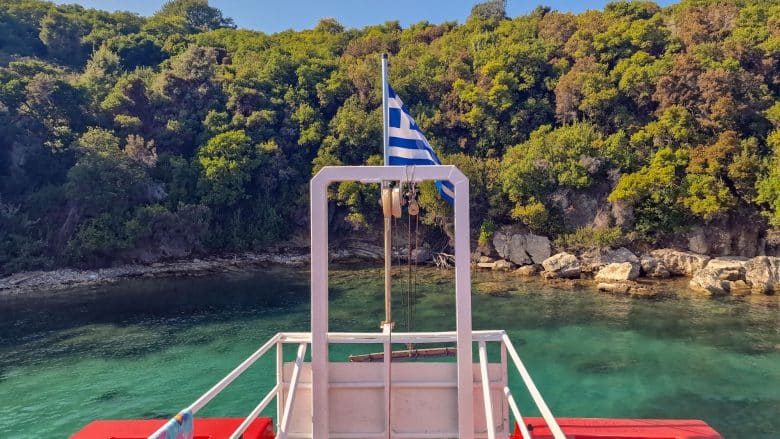
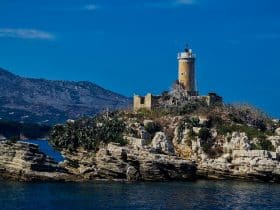
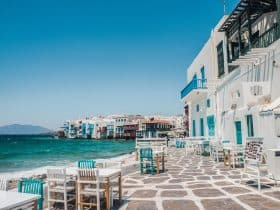
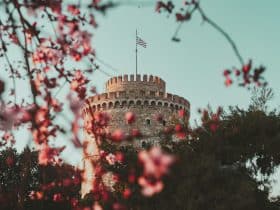
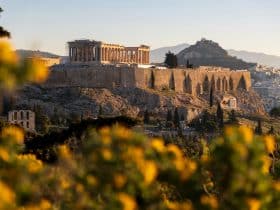
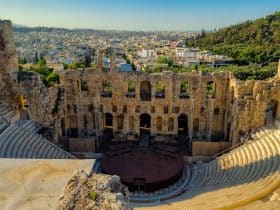
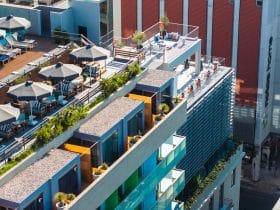

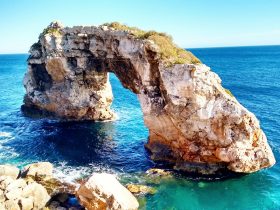
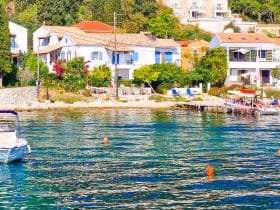
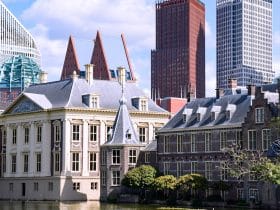


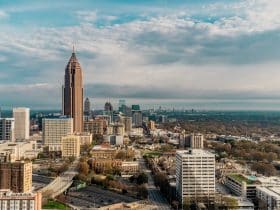








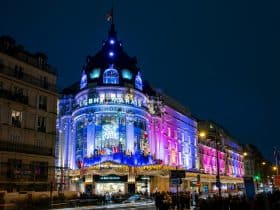
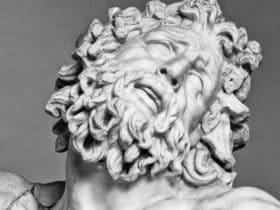
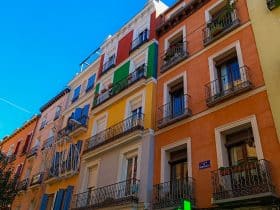
Leave a Reply
View Comments